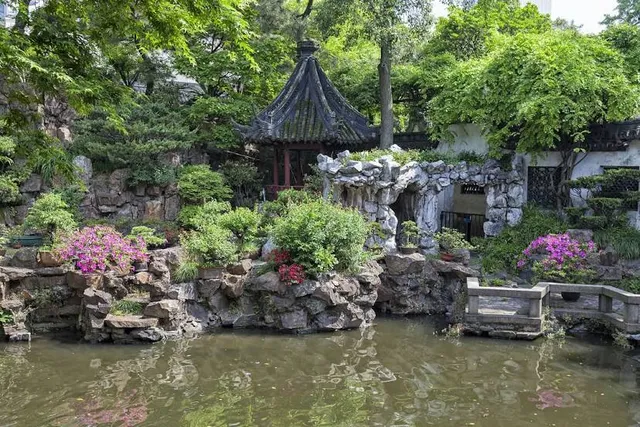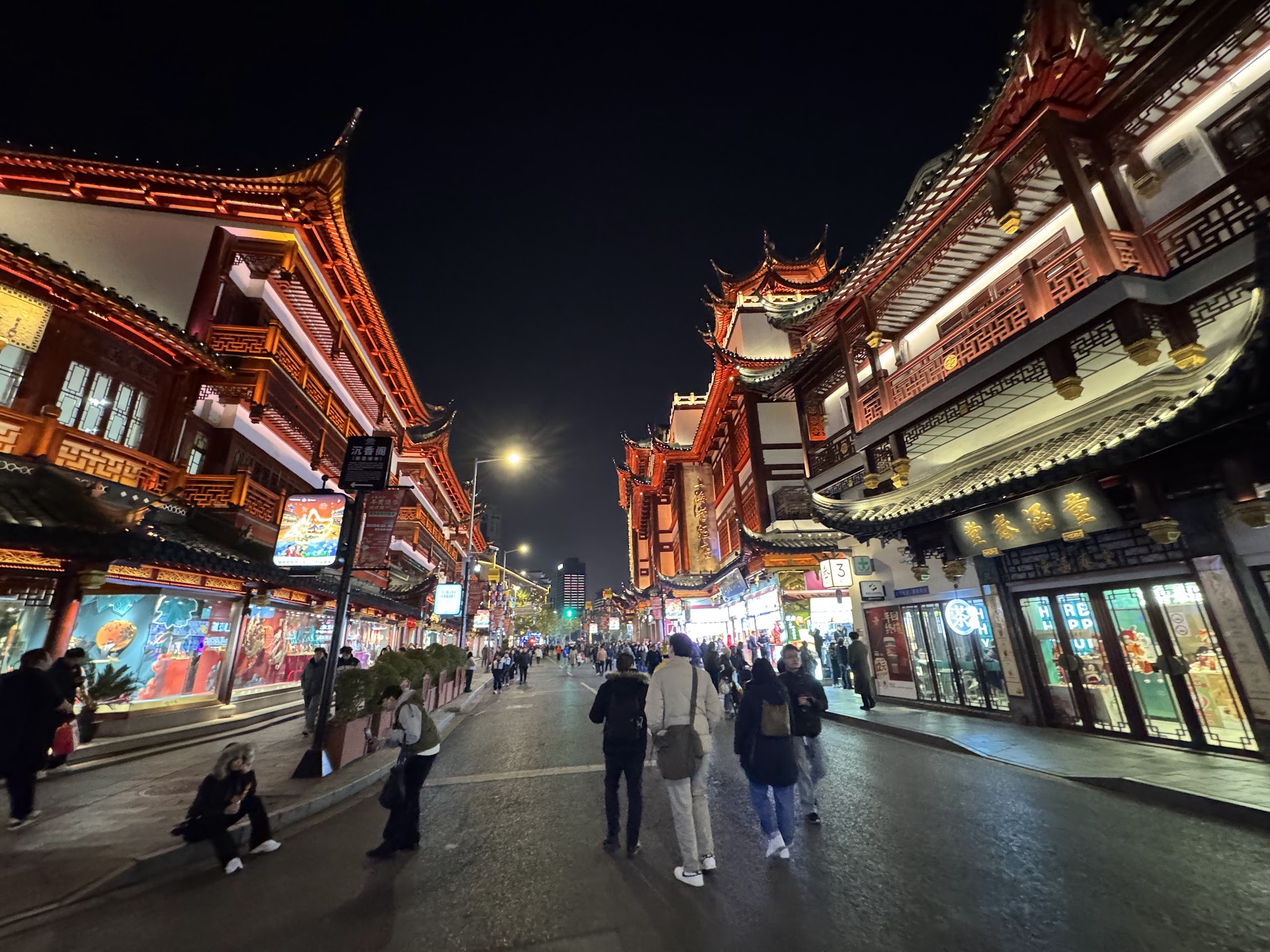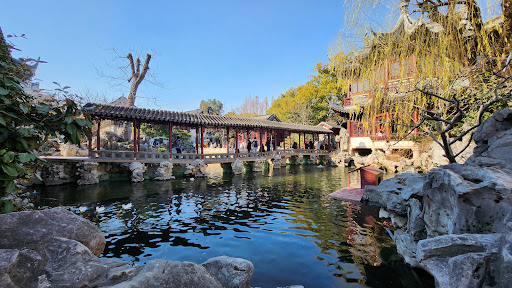Yu Garden things to do, attractions, restaurants, events info and trip planning
Basic Info
Yu Garden
China, Shanghai, Huangpu, 四牌楼 邮政编码: 200000
4.5(2.2K)
Open 24 hours
Save
spot
spot
Ratings & Description
Info
Yu Garden or Yuyuan Garden is an extensive Chinese garden located beside the City God Temple in the northeast of the Old City of Shanghai at Huangpu District, Shanghai. It abuts the Yuyuan Tourist Mart, the Huxinting Teahouse and the Yu Garden Bazaar.
Outdoor
Cultural
Family friendly
attractions: Yuyuan Old Street, Jiuqu Bridge, Gucheng Park (Northeast Gate), Yixiulou, Dianchuntang, Fuyou Road Mosque, Gucheng Park (South Gate 2), Shanghai Old Street, 洋泾浜圣若瑟堂, Waitan, restaurants: 南翔馒头店, Lu Bo Lang, Shanghai Lao Fan Dian, Dahuchun Pan-Fried, Ningbo Tangtuan Shop, Lvbo Langxinlou, Shanghai Lao City God Temple Snack Square, Chunfeng Songyuelou, Yu Shanghai, Hubin Delicious Food Restaurant
 Learn more insights from Wanderboat AI.
Learn more insights from Wanderboat AI.Phone
+86 21 6326 0830
Website
yugarden.com.cn
Plan your stay

Pet-friendly Hotels in Shanghai
Find a cozy hotel nearby and make it a full experience.

Affordable Hotels in Shanghai
Find a cozy hotel nearby and make it a full experience.

The Coolest Hotels You Haven't Heard Of (Yet)
Find a cozy hotel nearby and make it a full experience.

Trending Stays Worth the Hype in Shanghai
Find a cozy hotel nearby and make it a full experience.
Reviews
Nearby attractions of Yu Garden
Yuyuan Old Street
Jiuqu Bridge
Gucheng Park (Northeast Gate)
Yixiulou
Dianchuntang
Fuyou Road Mosque
Gucheng Park (South Gate 2)
Shanghai Old Street
洋泾浜圣若瑟堂
Waitan

Yuyuan Old Street
4.6
(361)
Open 24 hours
Click for details
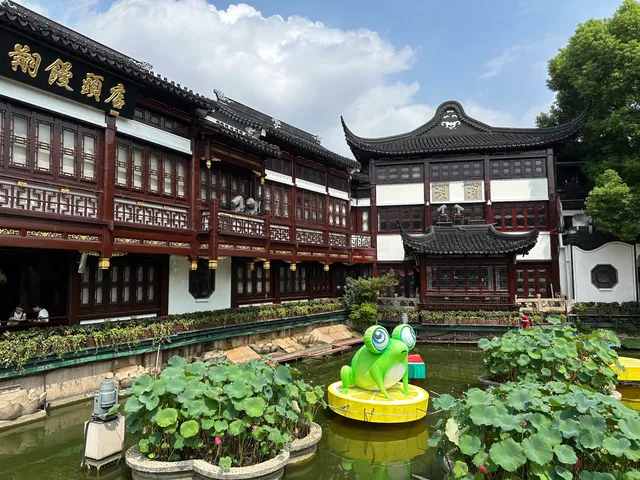
Jiuqu Bridge
4.4
(111)
Open 24 hours
Click for details
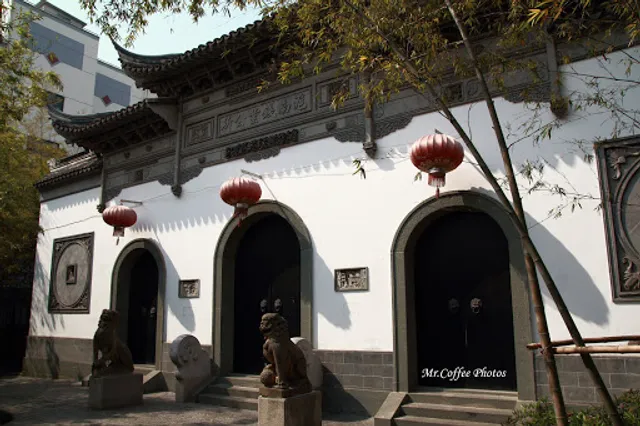
Gucheng Park (Northeast Gate)
4.6
(307)
Open 24 hours
Click for details
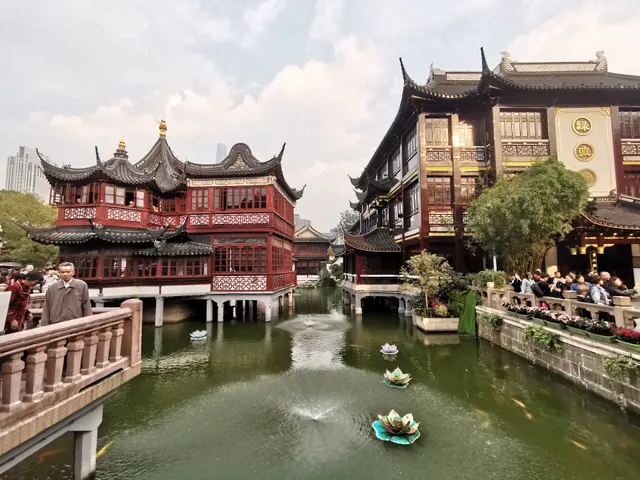
Yixiulou
4.2
(39)
Open 24 hours
Click for details
Nearby restaurants of Yu Garden
南翔馒头店
Lu Bo Lang
Shanghai Lao Fan Dian
Dahuchun Pan-Fried
Ningbo Tangtuan Shop
Lvbo Langxinlou
Shanghai Lao City God Temple Snack Square
Chunfeng Songyuelou
Yu Shanghai
Hubin Delicious Food Restaurant
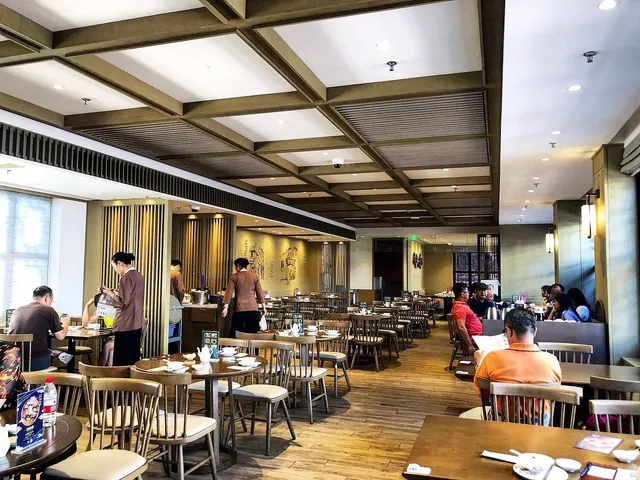
南翔馒头店
3.7
(340)
$$
Click for details
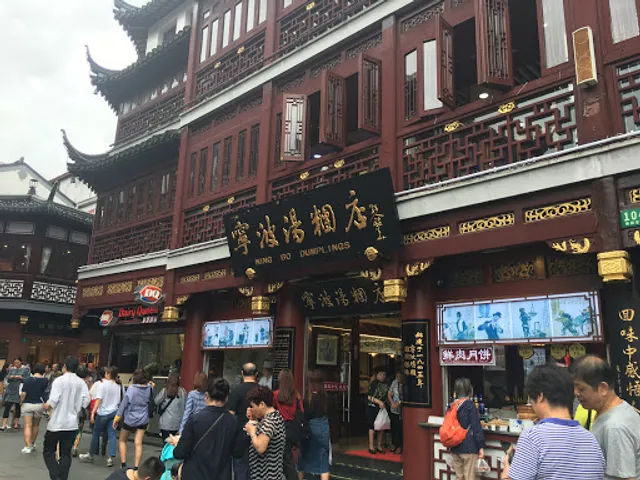
Lu Bo Lang
3.9
(91)
$$
Click for details
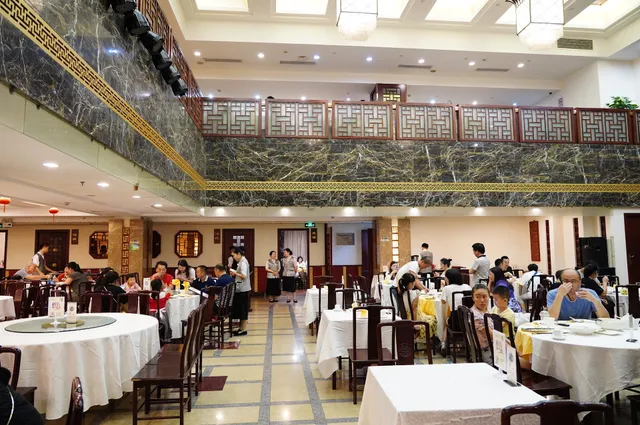
Shanghai Lao Fan Dian
4.1
(64)
Click for details
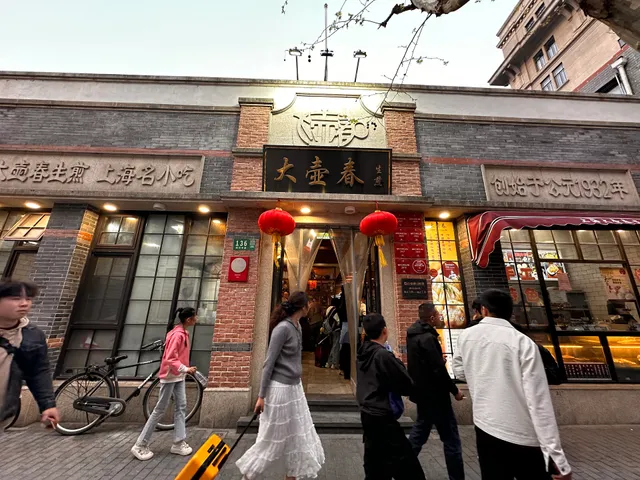
Dahuchun Pan-Fried
3.8
(26)
Click for details
